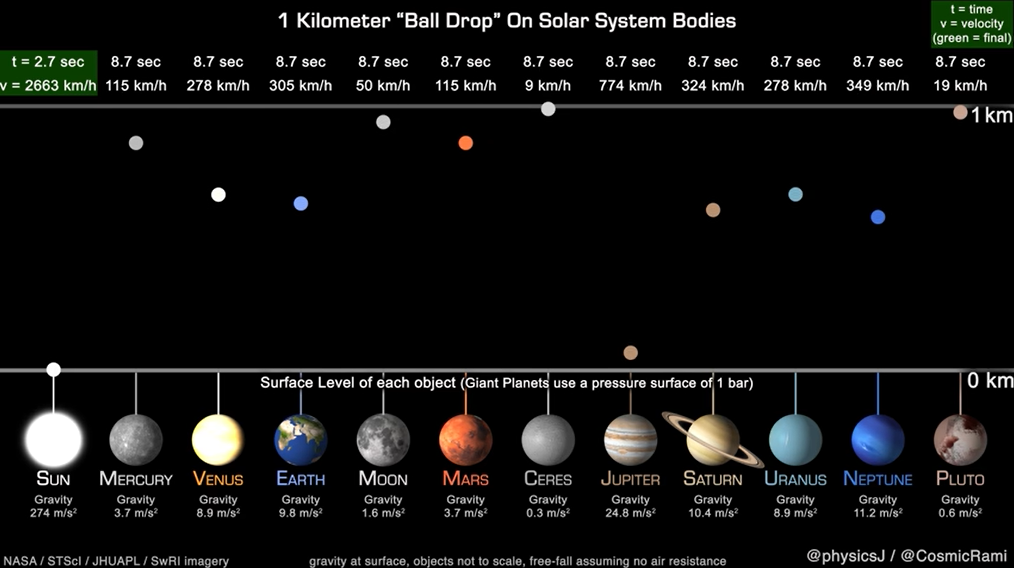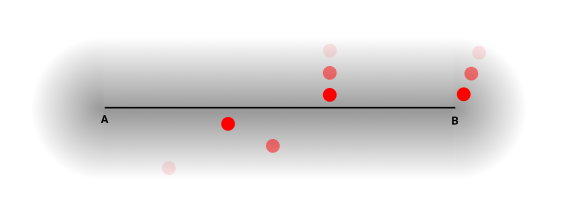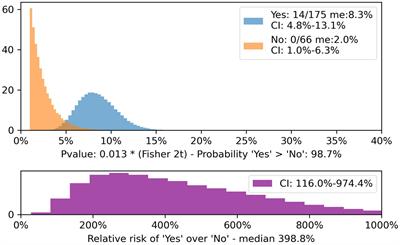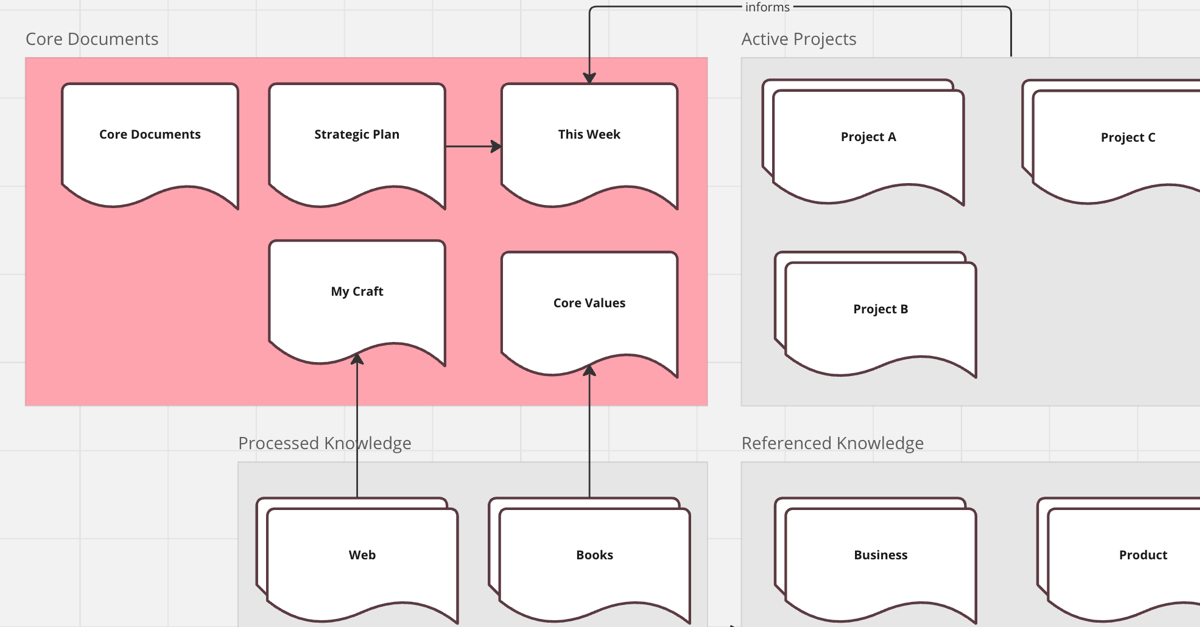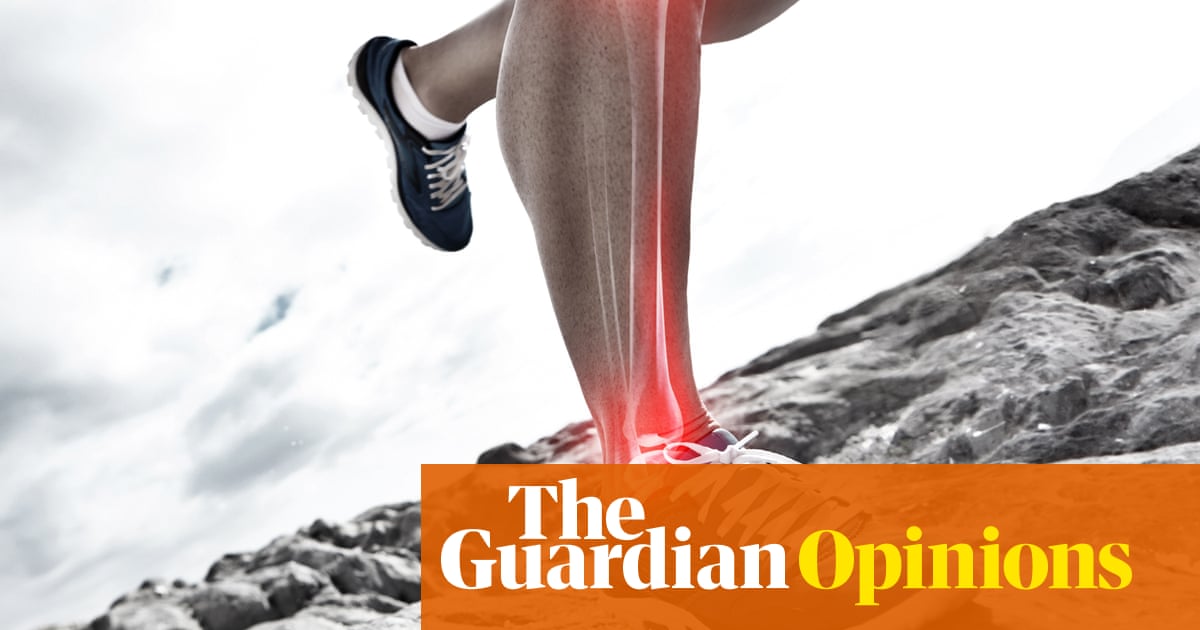
We’ll soon know more about our bodies than ever before – but are we ready?
W e’re soon going to have to make our own choices about social distancing, wearing masks and travel. When the legal enforcement of rules is lifted, the way in which each of us deals with the risk of Covid-19 will be down to personal judgment. But how well equipped are we to make these decisions? Graphs and data can help explain things, but what’s also needed is a deep understanding of how science works, and, perhaps most important of all, a sense of how to weigh up the odds of coming down with the disease and how it might affect us. Not in an abstract way, but in our day-to-day lives. And what many people don’t realise is that Covid-19 is just the start. Very soon, we will be exposed to all kinds of complicated information about the state of our health, including our personal level of risk for any number of illnesses. More and more, we will have to make decisions, based on new science, about almost every aspect of our lives. This is because progress in human biology is accelerating at an unprecedented rate, and there’s no sign of it slowing down. On the horizon are entirely new ways of defining, screening and manipulating health, completely new insights about diet, and any number of ideas for how babies can be born. Things are not moving along incrementally. Rather, we are on the brink of a revolution. We’re used to thinking about cancer, for instance, in terms of a simple list of things to do or not do. Don’t smoke, do use sunscreen, eat more or less of this or that type of food. But as a result of ever more detailed analysis of our bodies, we will increasingly need to think about this and any number of other diseases in a different way: in terms of the probability of their occurrence. Each of us is unique, a combination of attributes arising from our genes and upbringing, as well as what we eat, when we eat, how much we sleep, exercise or get stressed, our exposure to pollutants, pollen and bacteria, and myriad other influences. But for all this profound individuality, there is also a finite set of recurring patterns that can be used to analyse our health. To take a familiar example: the idea of the body-mass index, a value derived from a person’s weight and height. This is used to categorise us as underweight, normal weight, overweight or obese. It’s useful as it indicates an increased risk of health problems such as type 2 diabetes, and steps can be taken to reduce the likelihood of this occurring. But the advent of more advance metrics lead us into a sea of more nuanced probabilities. For instance, consider the Human Cell Atlas – a huge global project in which more than 10,000 scientists have come together to identify and classify all 37 trillion cells of the human body. By comparing individual cells in depth – by analysing the level to which genes are activated in them, how many copies of each protein is present in them, and so on – we can classify single cells with unprecedented detail. This will lead to a deeper understanding of the way in which tissues and organs are constructed, which cells derive from which other cells in the body and what goes wrong in disease. But this will also enable deep analytics of the body’s cells in a biopsy, blood sample or even a nasal swab.
Currently a person’s health is often assessed by a blood count – a simple record of how many platelets, red or white cells are present. But building on the Human Cell Atlas and related research, we will be able to examine in great detail the types, status and history of a person’s blood cells. This is especially important for white blood cells, a catch-all term for countless different types of immune cells, which we already know can vary hugely between people.



